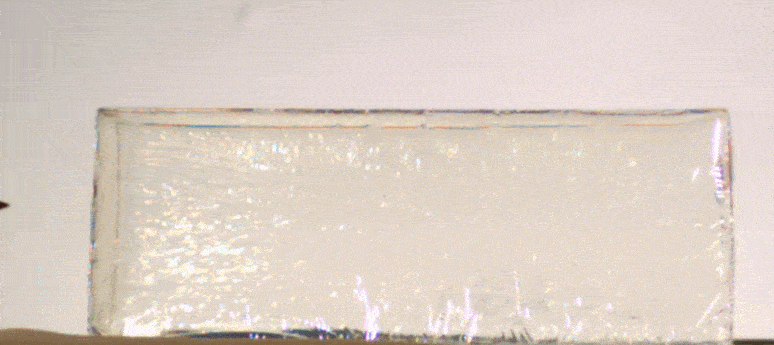Bullets play a significant role in modern weaponry, with millions being used in various conflicts. But have you ever wondered how these small projectiles can be so lethal? The answer lies in their speed and design. In this article, we’ll explore the factors that determine the lethality of bullets in an easily understandable way.
The Role of Speed in Lethality
Speed is a game-changer when it comes to bullets. Let’s use a gun bullet as an example. It usually weighs about 8 grams and leaves the barrel at a speed of about 400 meters per second. This gives it about 640 joules of kinetic energy. When the bullet hits a person, it quickly slows down, releasing the energy it has been holding onto.

This energy makes the human tissue around the bullet move faster in the opposite way of the bullet’s path. This makes the tissue tear. Imagine that this outer force causes a hole in a bullet. This phenomenon is similar to throwing a ball against a wall – the ball bounces back while the wall remains damaged.
Bullet Behavior in the Human Body
In an ideal scenario with elastic human tissue, the body’s muscles would repeatedly rebound, converting the kinetic energy into heat and dispersing it throughout the tissue. However, our bodies are complex systems with delicate structures, including a vast network of blood vessels. If we examine a display like the “Panorama of Human Blood Vessels, we’ll see the intricate web of around 1 billion blood vessels that course through our bodies.

When a bullet’s energy forms a cavity, the blood vessels near the cavity can rupture, leading to bleeding – this is what we know as a gunshot wound.
Excessive blood loss, around 35% of total blood volume in a short span, can trigger a condition called hemorrhagic shock, which is often fatal.
Real-World Complexities
While the science seems straightforward, real-life scenarios are more intricate. Researchers often conduct ballistics experiments using gel targets at close ranges to gather data, but real-world situations are far from simple. There have been instances where individuals survived multiple gunshot wounds, highlighting the complexity involved.
Bullet Behavior Beyond the Barrel
The behavior of a bullet doesn’t end when it leaves the barrel. As the bullet departs, it loses the initial propulsion from gunpowder gas and faces air resistance, causing its speed to plummet. Consequently, the kinetic energy upon impact is significantly lower than the muzzle kinetic energy.

Maintaining the bullet’s speed in the air becomes pivotal in ammunition research. This has led to the development of various bullet shapes aimed at retaining the bullet’s velocity while maximizing its impact speed upon striking a target.
Struggle with Speed and Penetration
However, a challenge arises when bullets maintain high speeds in the air. Upon hitting a human body, these bullets are more likely to penetrate rather than release kinetic energy. This makes it difficult for the bullets to create the necessary tearing effect on blood vessels around the cavity.
This dilemma has resulted in claims that high-speed bullets merely create holes and minor injuries, rather than achieving instant lethality.
Enhancing Lethality Through Design
Manufacturers have explored bullet design modifications to overcome these issues to enhance lethality. In the late 19th century, for instance, British arsenal experts experimented with drilling the heads of lead bullets in the Dum Dum region of India.
When these drilled bullets entered human tissue, the soft lead would deform and expand due to the pressure from surrounding muscle. This increased resistance within the body, ensuring that more of the bullet’s energy remained within the body, leading to cavity expansion and blood vessel tearing. These bullets came to be known as “Dum bullets.”
Bullet Design Evolution
Although the use of Dum bullets was explicitly prohibited in the 1899 Hague Convention due to their extreme lethality, the concept of modifying bullet shape for increased effectiveness gained traction.
Modern bullet design involves leaving a hollow tip rather than filling the entire bullet with lead. Upon impact, the soft lead within the bullet rushes forward due to inertia, disrupting the bullet’s center of gravity. This causes the warhead to tumble within the body, increasing the likelihood of damage as it passes through.
Bullet Lethality Equation
In essence, modern bullet lethality primarily hinges on the bullet’s internal stability. The more stable the bullet’s internal structure, the greater its potential lethality. This evolution in bullet design seeks to balance maintaining high impact speed while ensuring that the bullet imparts lethal kinetic energy upon entering a target.
In Conclusion
Understanding the factors driving bullet lethality gives us insights into the complex dynamics of firearms. Speed, design, and impact are pivotal in determining how a bullet affects the human body. As technology advances, so does our ability to design bullets that maximize their effectiveness while adhering to ethical considerations and international agreements.



